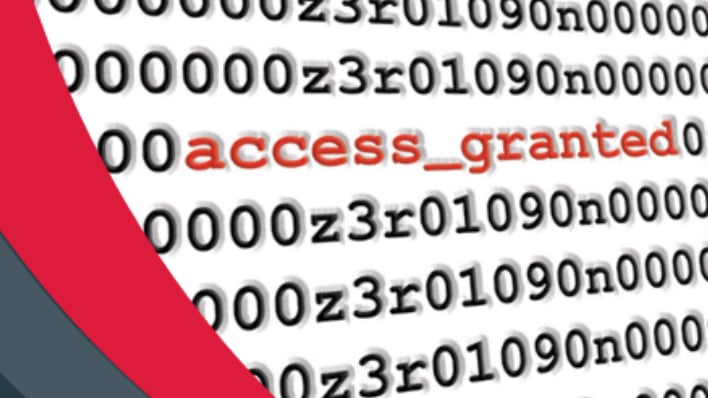Dangerous Zerologon Domain Controller Exploit Discovered In Windows Active Directory

Secura digital security advisors and researchers, have discovered a highly critical vulnerability with Active Directory domain controllers. Rated as a 10 of 10 on the Common Vulnerability Scoring System (CVSS), this exploit, dubbed Zerologon, allows nefarious people to take over the domain controller and execute privilege escalations.
The Zerologon exploit takes advantage of how the Netlogon Remote Protocol works. Typically, this protocol is used for machine and user authentication, as well as updating passwords within a domain. To utilize this exploit, one only needs to set up a TCP connection to the domain controller (DC) and you can spoof a client to go from there.

This is a highly dangerous exploit as any device on a network with an unpatched domain controller can be exploited. As it is highly dangerous, Microsoft subsequently rated it the highest possible rating of 10 on the CVSS. Microsoft has also shoved a new patch out, so administrators need to download that as fast as possible to fix this. If you want to read up on this exploit from Secura, you can do so here.

